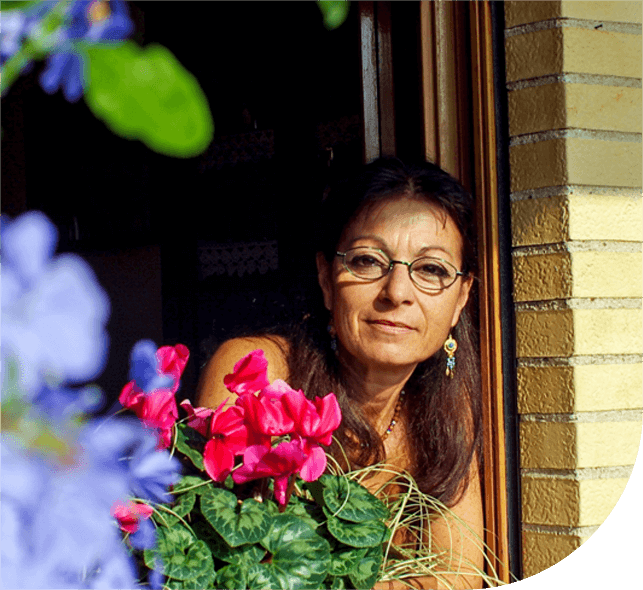40s and 50s Eyes
Eye Exams

Regular eye exams become more important as you reach your 40’s and 50’s. Not only do you need to keep pace with the changes in your vision by updating your prescription for glasses or contact lenses, but you also want to be certain there’s no vision problem beginning to develop. Many of these problems have no physical symptoms until they’re quite advanced. You should have eye exams as advised by your optometrist once you’ve reached 40 – and these exams are even more important if you have high blood pressure, diabetes or a family history of eye disease.
What can you expect at your eye exam?
Each optometrist has a routine, but most eye exams follow a similar pattern. First, your optometrist will explore any concerns you have and review your personal and family health history as you may be at a higher risk for eye problems if you have a family history of eye disease, diabetes, high blood pressure, or poor vision.Then, your optometrist will conduct tests to check your:
- Vision – The optometrist can check for short-sightedness (myopia), long sightedness (hyperopia), astigmatism and presbyopia. While you look at an eye chart, the optometrist will assess your vision for distance and reading, and, if necessary, determine a prescription for corrective lenses.
- Coordination of eye muscles – The optometrist will assess how well your eyes work together by asking to you to look at different objects while they cover and uncover your eyes.
- Visual fields test – The optometrist will use a piece of equipment called the visual field screener to assess the full horizontal and vertical range and sensitivity of your vision, which can be a good indicator to the health of your visual system.
- Pupil response to light – The optometrist will shine a light in your eyes and watch the pupil’s reaction.
- The health of the front and the back of your eyes – The optometrist will use either a handheld torch called an ophthalmoscope or a table-mounted microscope called a slit lamp to look for any abnormalities.
- Measurement of eye pressure – The optometrist will release a puff of air onto your eye using an instrument called a tonometer. This tests the pressure inside the eye, an early indicator of glaucoma.

